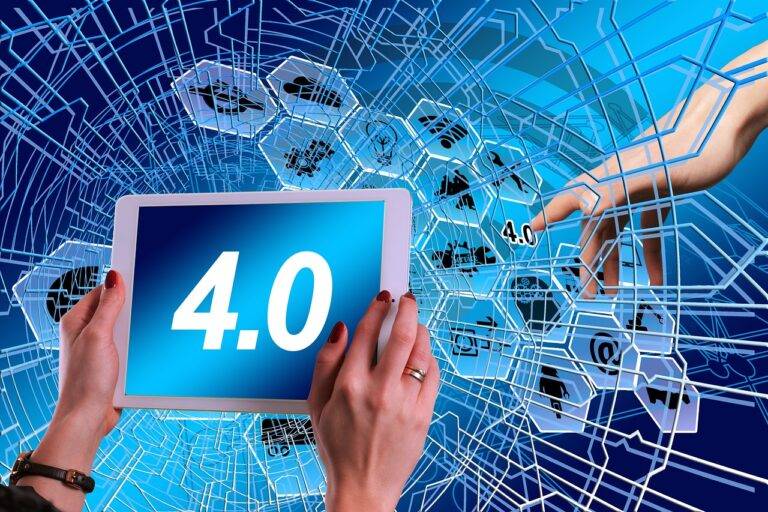Leveraging Blockchain for Decentralized Finance (DeFi) Applications
Decentralized Finance (DeFi) applications offer users a myriad of benefits, including increased financial inclusivity and accessibility. By leveraging blockchain technology, DeFi allows individuals from all corners of the world to access financial services without traditional gatekeepers. This opens up new opportunities for those who may be excluded from the traditional banking system, empowering them to participate in a global financial ecosystem.
Moreover, DeFi applications provide users with greater control over their assets, thanks to the use of smart contracts that automate various financial processes. By eliminating intermediaries and allowing for peer-to-peer transactions, DeFi enhances security and reduces the risk of fraud or manipulation. This increased transparency and autonomy over one’s finances make DeFi a promising avenue for those seeking more efficient and secure ways to manage their assets.
Understanding Blockchain Technology
Blockchain technology is the underlying foundation of modern decentralized systems, revolutionizing how data is stored and managed across a network of computers. It operates as a digital ledger, recording transactions in a secure and transparent manner by linking blocks of data chronologically. Each block contains a unique cryptographic hash of the previous block, ensuring the integrity and immutability of the information stored within the chain.
One of the key features of blockchain technology is its decentralized nature, eliminating the need for a central authority to validate transactions. Instead, consensus mechanisms such as Proof of Work or Proof of Stake are employed to verify the authenticity of transactions. This peer-to-peer network structure enhances security by distributing control among participants and reducing the risk of a single point of failure, making blockchain technology a trusted and reliable system for various applications.
Key Features of Decentralized Finance
Decentralized Finance (DeFi) stands out for its key features that differentiate it from traditional centralized financial systems. One of the key features of DeFi is its decentralized nature, which means that there is no central authority controlling the financial transactions. Instead, transactions are carried out peer-to-peer, allowing for direct interaction between users without the need for intermediaries.
Another important feature of DeFi is the transparency it offers. All transactions are recorded on the blockchain, a public ledger that is immutable and accessible to anyone. This transparency not only ensures the integrity of the system but also provides users with a high level of trust and security in their financial activities within the DeFi ecosystem.
Decentralized nature: No central authority controlling financial transactions
Peer-to-peer transactions: Direct interaction between users without intermediaries
Transparency: All transactions recorded on blockchain, public ledger that is immutable and accessible to anyone
Integrity of the system: Transparency ensures trust and security in financial activities within DeFi ecosystem
What are some benefits of DeFi applications?
Some benefits of DeFi applications include increased accessibility to financial services, lower costs due to the elimination of middlemen, increased security and transparency through blockchain technology, and the ability to earn passive income through various DeFi protocols.
What is blockchain technology and how does it relate to DeFi?
Blockchain technology is a decentralized, distributed ledger that records transactions across multiple computers. DeFi applications utilize blockchain technology to create trustless, transparent, and secure financial services that operate without the need for intermediaries.
What are some key features of decentralized finance?
Some key features of decentralized finance include peer-to-peer transactions, smart contracts that automate financial agreements, decentralized exchanges for trading digital assets, lending and borrowing protocols, and governance mechanisms that allow users to participate in decision-making processes.






